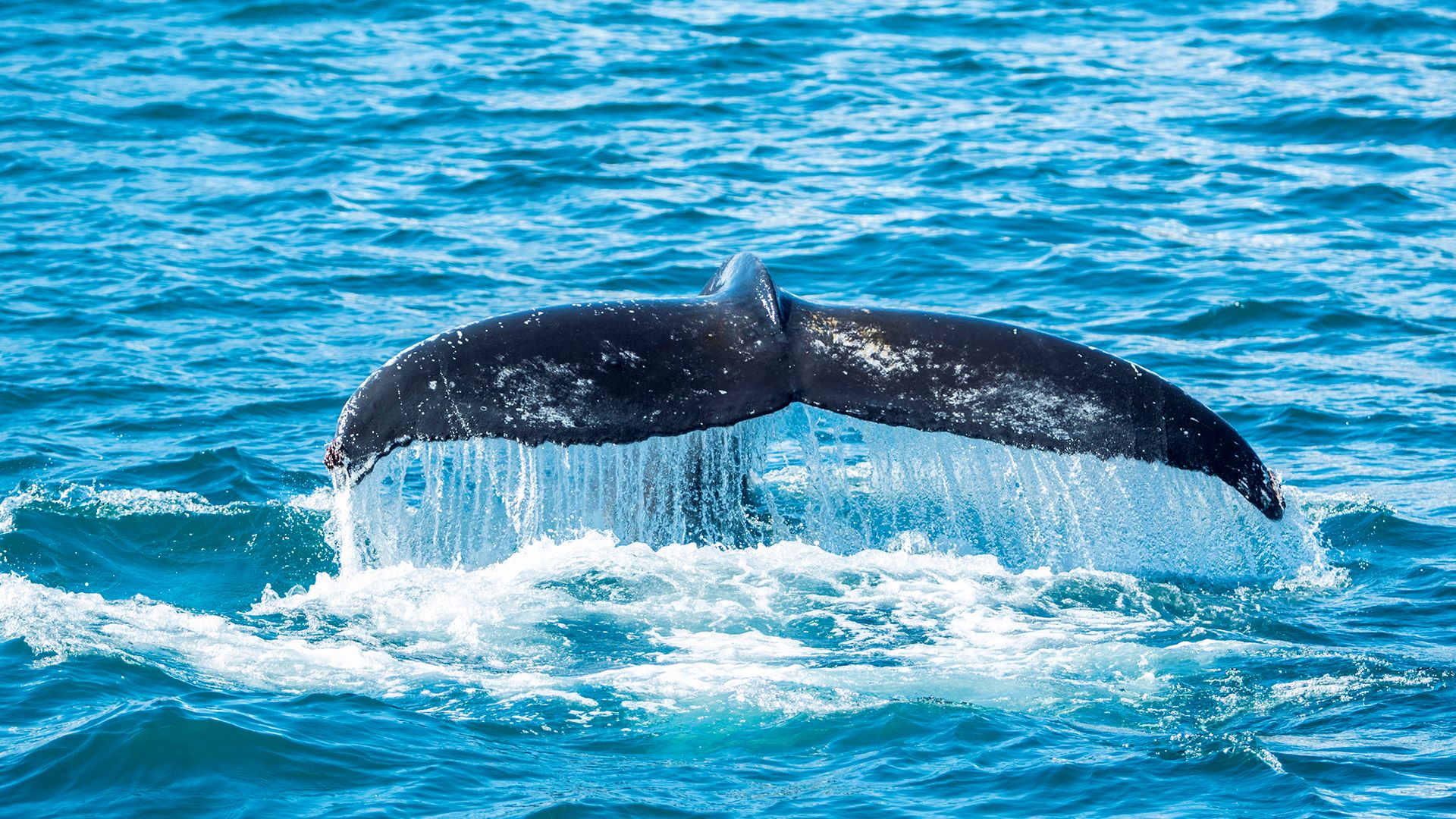
/ko/newsroom/news/2024/november/msc-welcomes-updated-whale-chart
MSC Welcomes Updated Whale Chart and Reiterates Call for Vessel Re-Routing to Minimize Collision Risk
18/11/2024

MSC has welcomed the launch of the second edition of the World Shipping Council’s (WSC) Whale Chart, a navigational aid for seafarers mapping all mandatory and voluntary governmental measures to reduce harm to whales.
The original Whale Chart, launched last November at MSC’s Geneva headquarters during an international event convened by the WSC, focused on helping seafarers plan their voyages and minimize the risk of whale collisions.
The new updated edition, ‘WSC Whale Chart: A global voyage planning aid to protect whales’, now also includes:
- Additional government measures, including cross-jurisdictional measures such as: US-Canada coordination in the Salish Sea, IMO Recommendatory two-way routing measures and newly established precautionary areas.
- Measures endorsed or sponsored by port authorities, including in São Sebastião (Brazil) and New York/New Jersey (US); and
- A focus on underwater radiated noise measures (and not just vessel strike measures).
MSC has long been committed to protecting and supporting whales. The company was the first in the industry to reroute ships off the coasts of Greece and Sri Lanka to protect endangered whales and in 2023 the company adjusted the course of approximately 565 vessels. If all ships made similar adjustments, the risk of ship-strike to sperm whales off the coast of Greece could be reduced by almost 70%, and by as much as 95% for blue whales off the coast of Sri Lanka.
MSC also participates in voluntary speed reduction programmes in whale habitats. In the San Francisco and Monterey Bay Area, for example, speeds have been reduced to less than 10 knots leading MSC to receive the highest Sapphire Award (>85% compliance) for the sixth consecutive year. Meanwhile, voluntary vessel slowdown through Admiralty Inlet and north Puget Sound (Canada and USA) had a 96% compliance rate, lowering underwater noise and protecting the remaining 74 Southern Resident killer whale populations.
In addition, MSC has also been exploring the use of data and new technologies to better detect whales – including trialling high resolution thermal cameras on vessels to monitor whale activity. The company is also undertaking extensive crew training programme includes awareness raising as well as technical training for all deck officers – particularly during whale breeding season.
Commenting on the launch of whale chart, Group Executive Vice President of Maritime Policy and Government Affairs, Bud Darr, said: “We welcome the updated WSC Whale Chart, which stands as a testament to the power of collaboration to close information gaps for the maritime community committed to whale protection.”
He continued: “At MSC, we’ve long championed tangible actions like rerouting and speed reductions to protect whales. Today’s launch is an opportunity to once again urge the industry to join us in scaling these efforts to reduce the risk of collisions with these giants of the sea.”